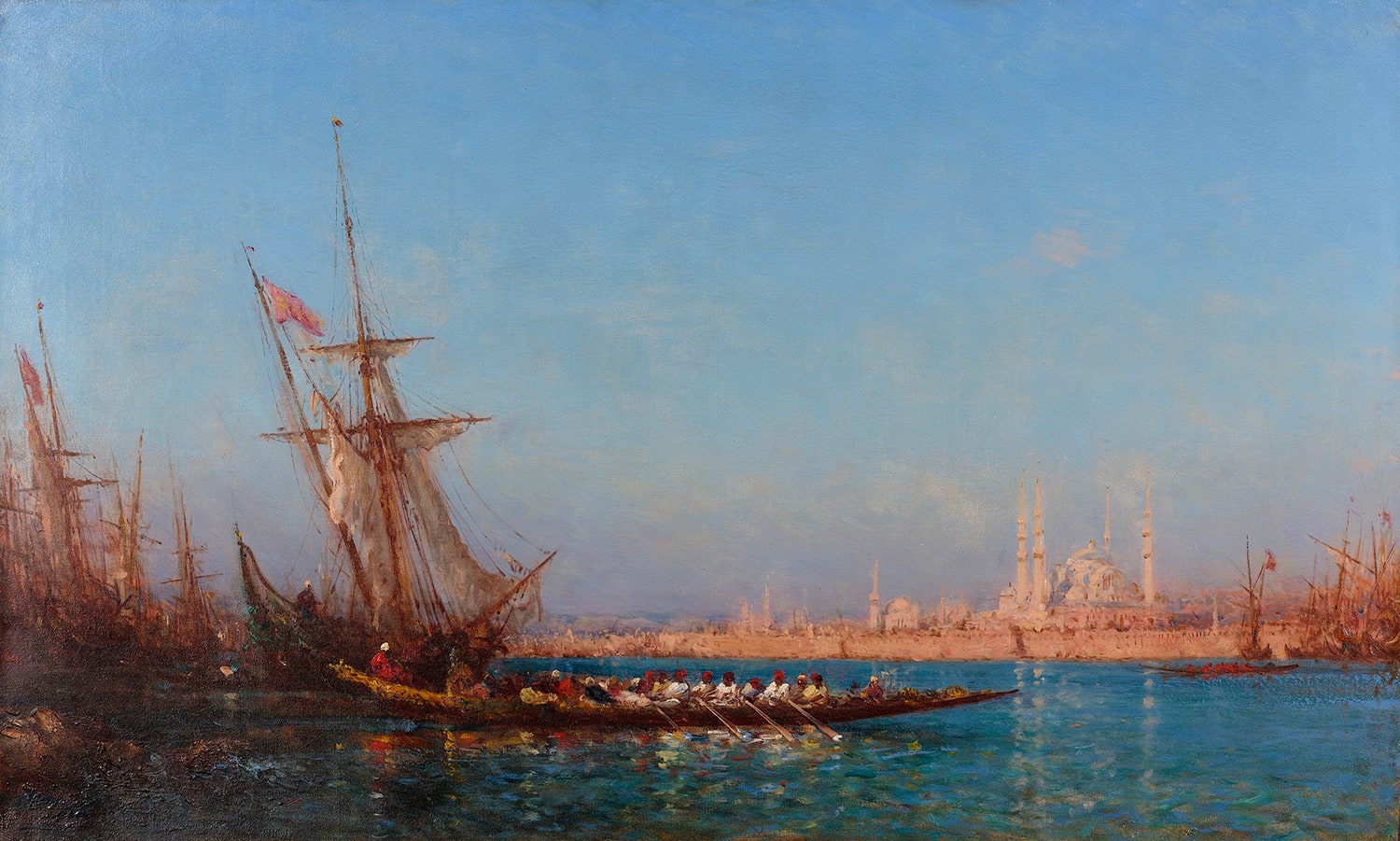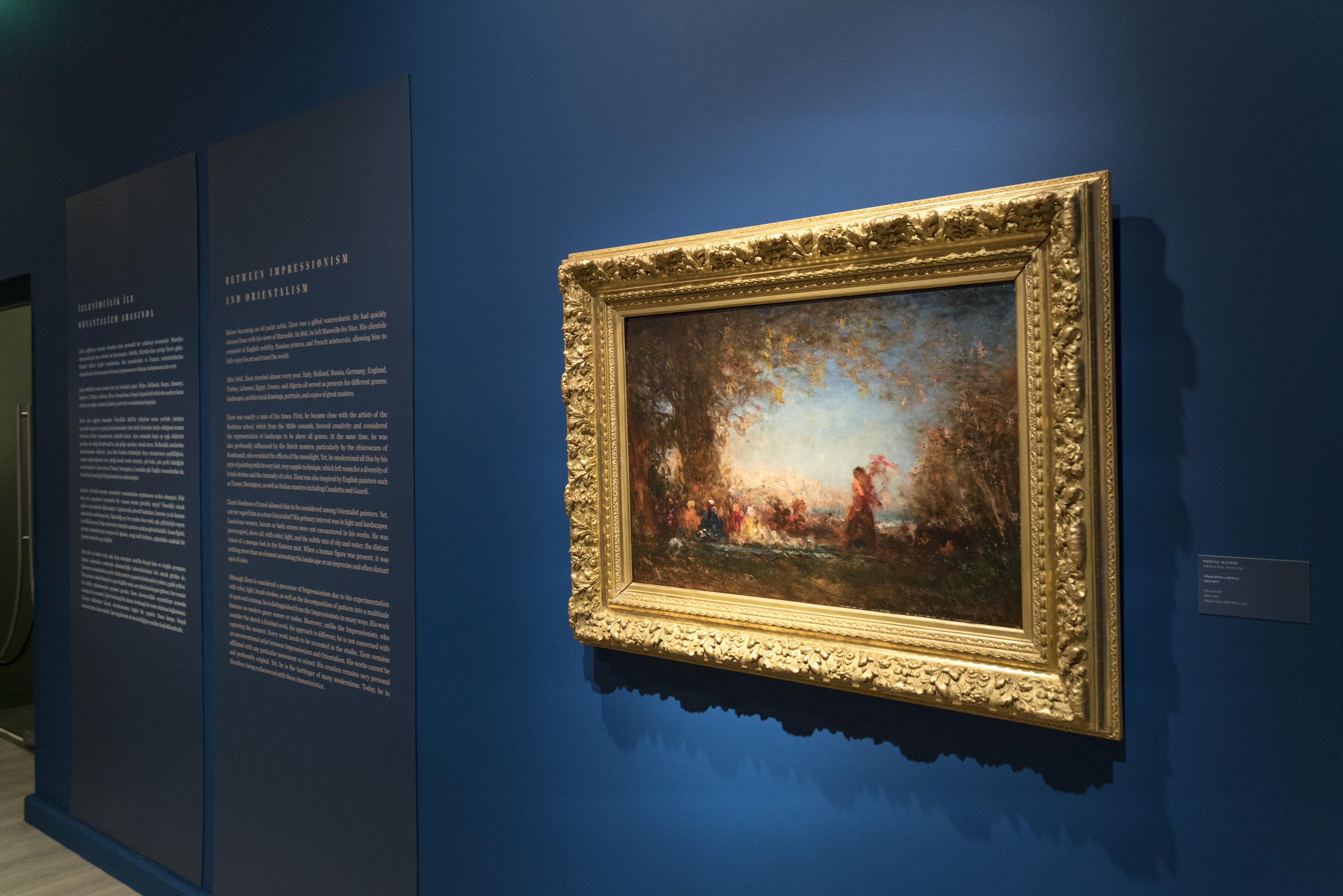Children transfer the world of Calculations and Coincidences, which creates patterns with colors and shapes, onto their canvases. The workshop, led by Pley Studio, combines the artistic practices of three female pioneers of algorithmic art with inspiration from the traditional craft of hand weaving. Children first make holes in their canvases by creating computational gaps, then thread colored threads and fabrics through the holes and tie knots. At the end of the workshop, children create their woven works on canvas.
Instructor: Pley Studio
Capacity: 10 people
Duration: 90 minutes
Fee per workshop: 350 TL
The event will take place at the Pera Museum.
About Pley Studio
Pley is a creative design studio that is based on the concept of playfulness. Aiming to help people stretch possibilities and enter the magical circle—namely, a free and playful state of mind—Pley uses open-mindedness as a tool. Addressing the concept of 'homo ludens,' which advocates that humans are playful beings, Pley serves as a guide to the game, appealing to both children and adults who engage in play.

Félix Ziem is accepted as one of the well-known artists of the romantic landscape painting, and has been followed closely by art lovers and collectors of all periods since. He had a profound influence on generations of artists after him, and was the first artist whose works were acquired by the Louvre while he was still alive.

Pera Museum presents an exhibition of French artist Félix Ziem, one of the most original landscape painters of the 19th century. The exhibition Wanderer on the Sea of Light presents Ziem as an artist who left his mark on 19th century painting and who is mostly known for his paintings of Istanbul and Venice, where the city and the sea are intertwined. Through the exhibition, we will be sharing detailed information about the artist and the artworks.
Tuesday - Saturday 10:00 - 19:00
Friday 10:00 - 22:00
Sunday 12:00 - 18:00
The museum is closed on Mondays.
On Wednesdays, the students can
visit the museum free of admission.
Full ticket: 300 TL
Discounted: 150 TL
Groups: 200 TL (minimum 10 people)